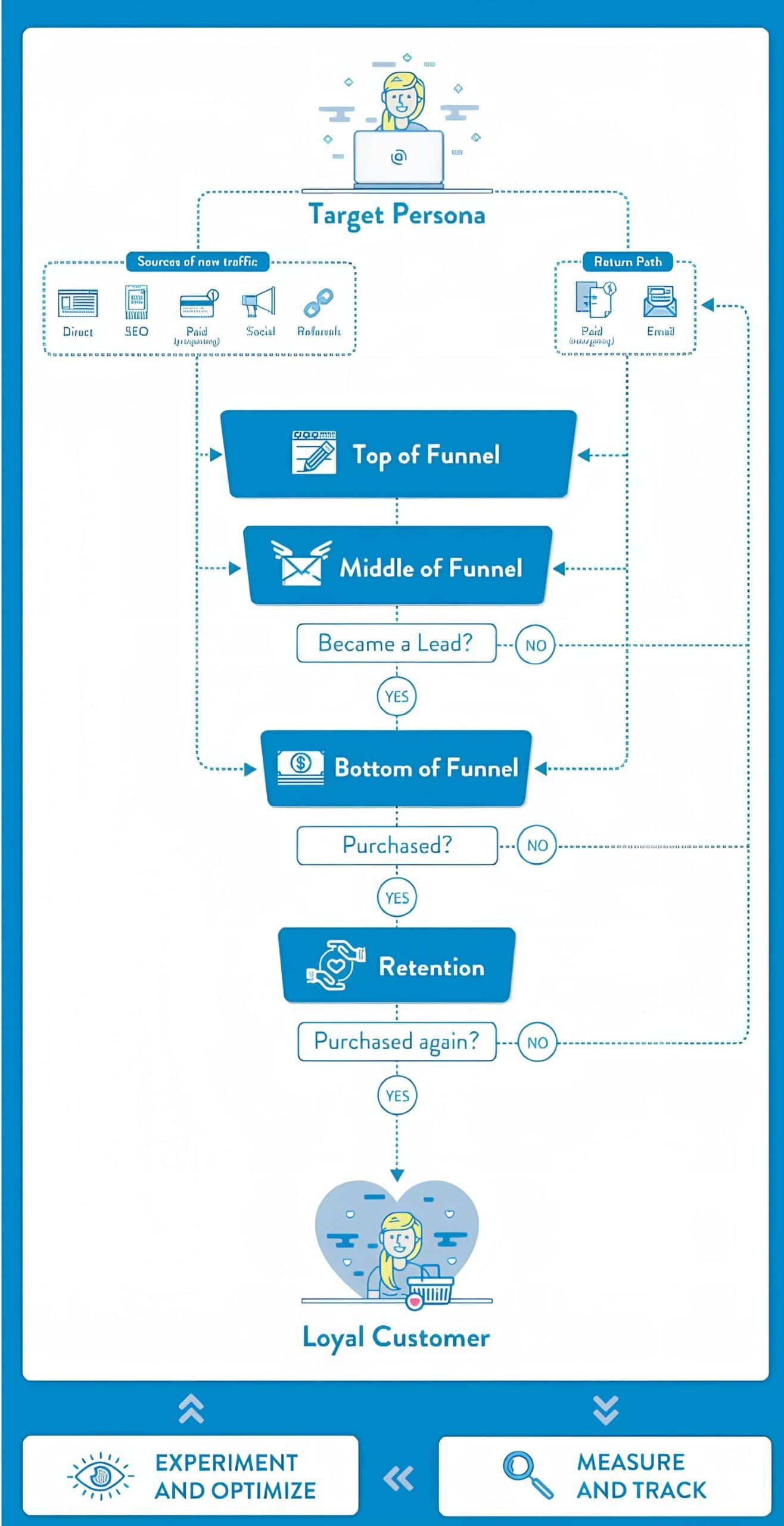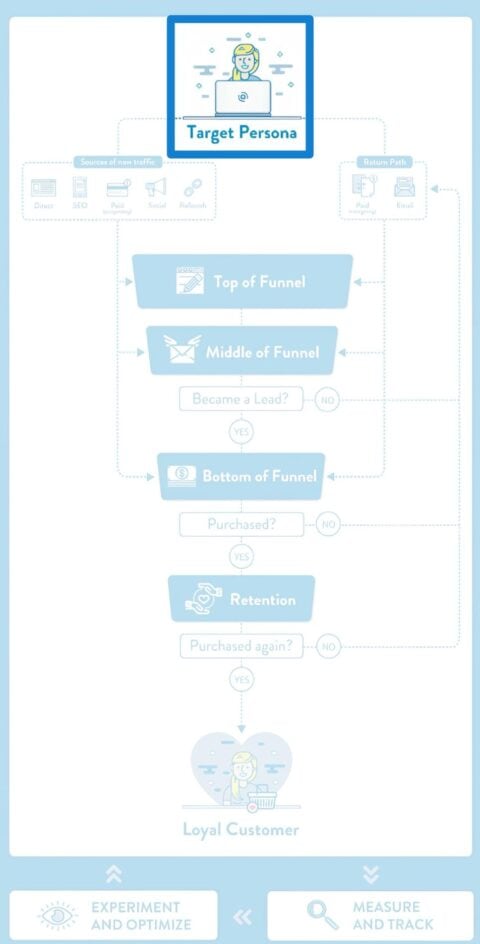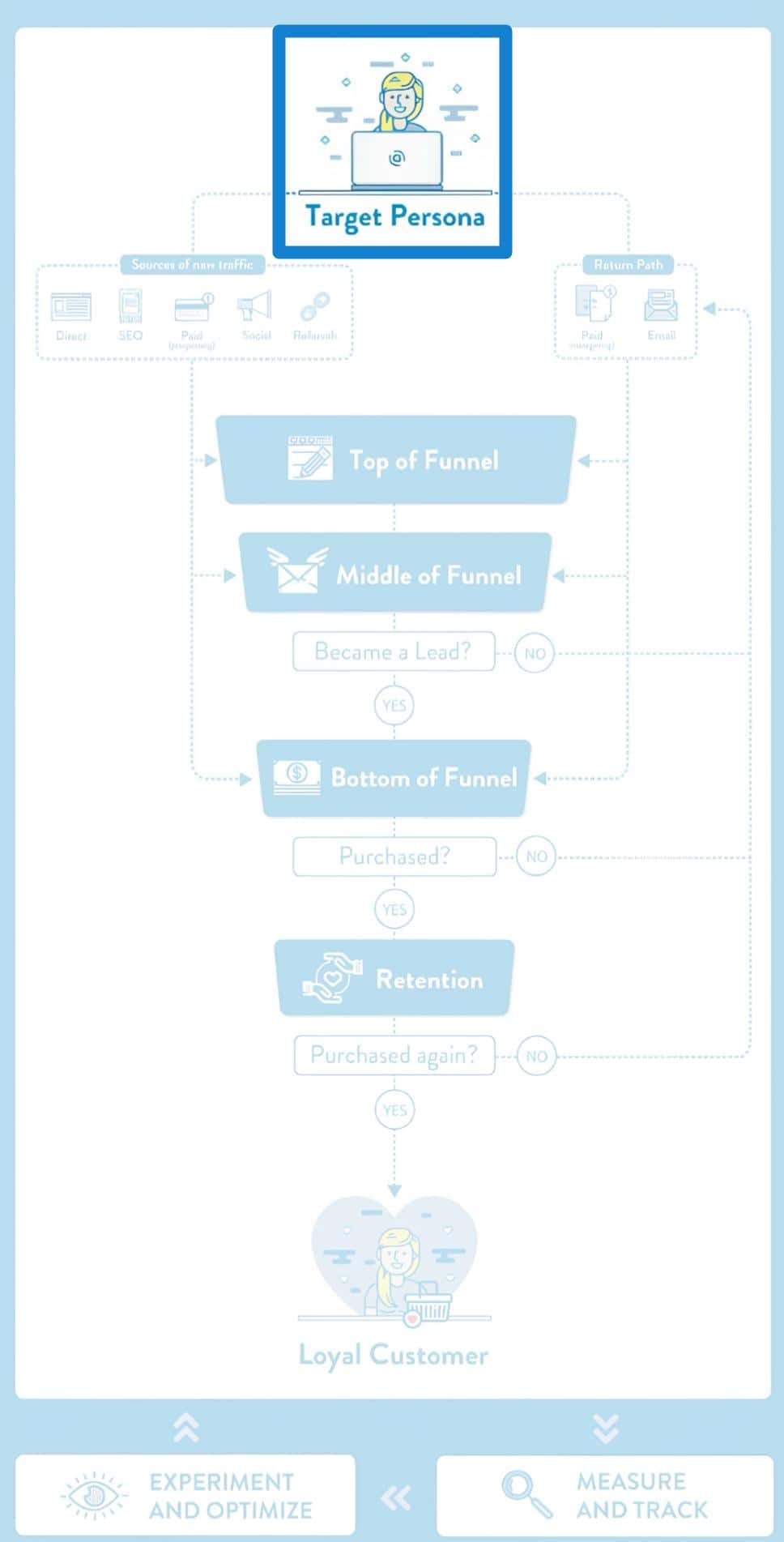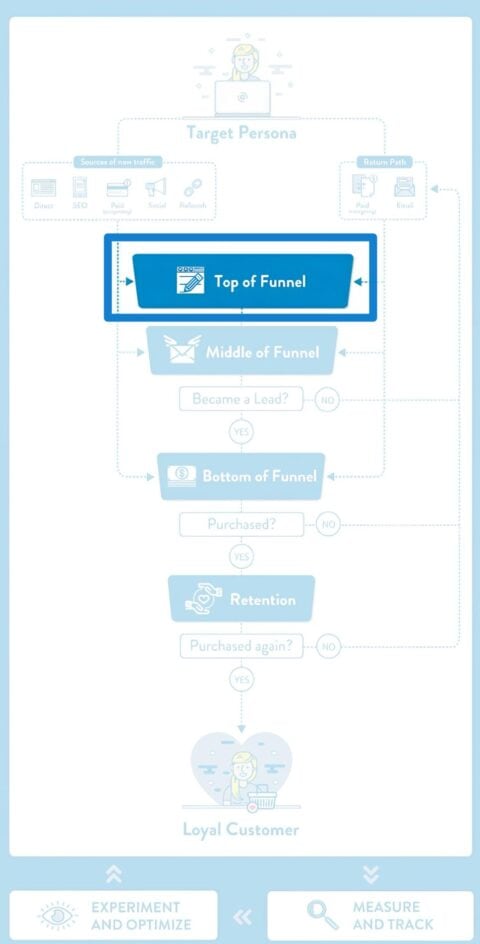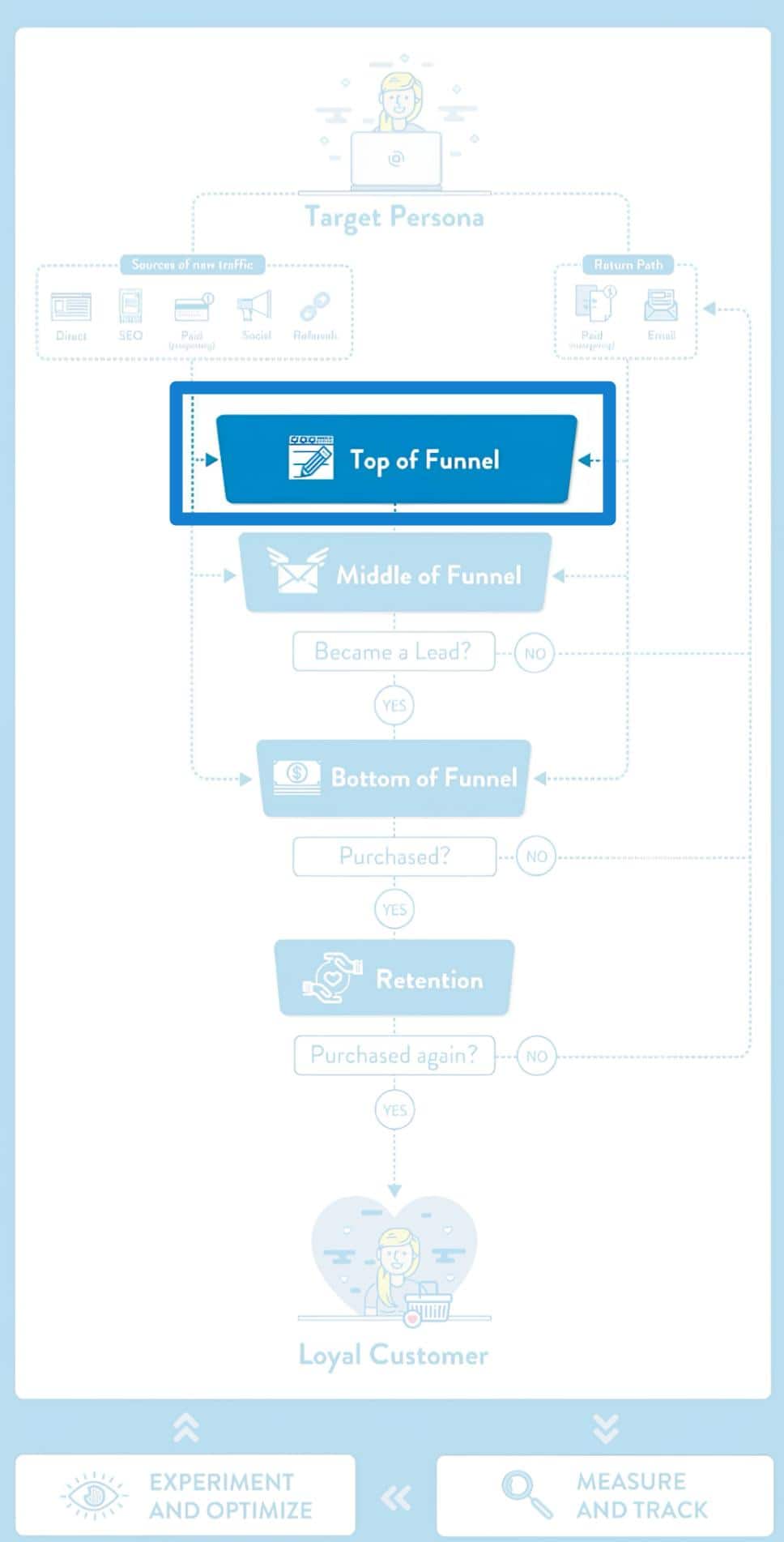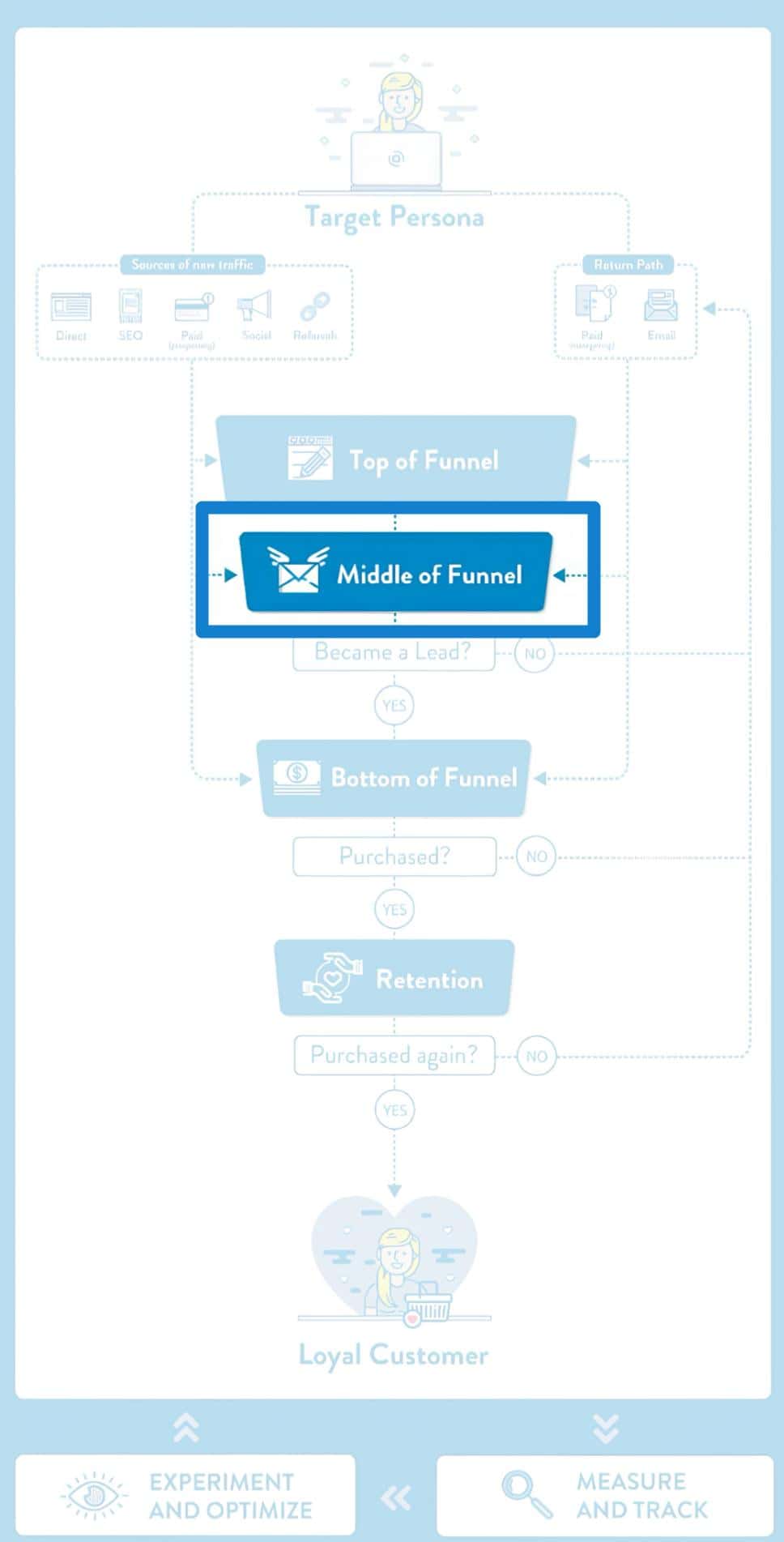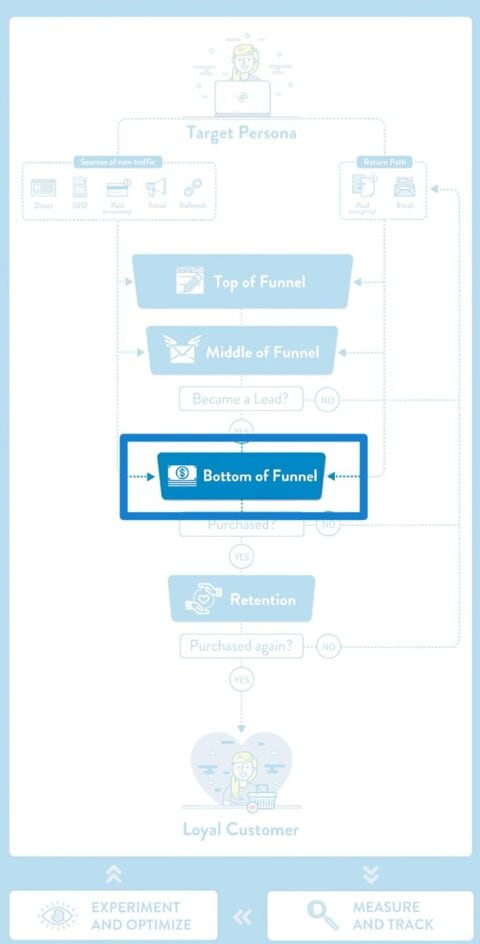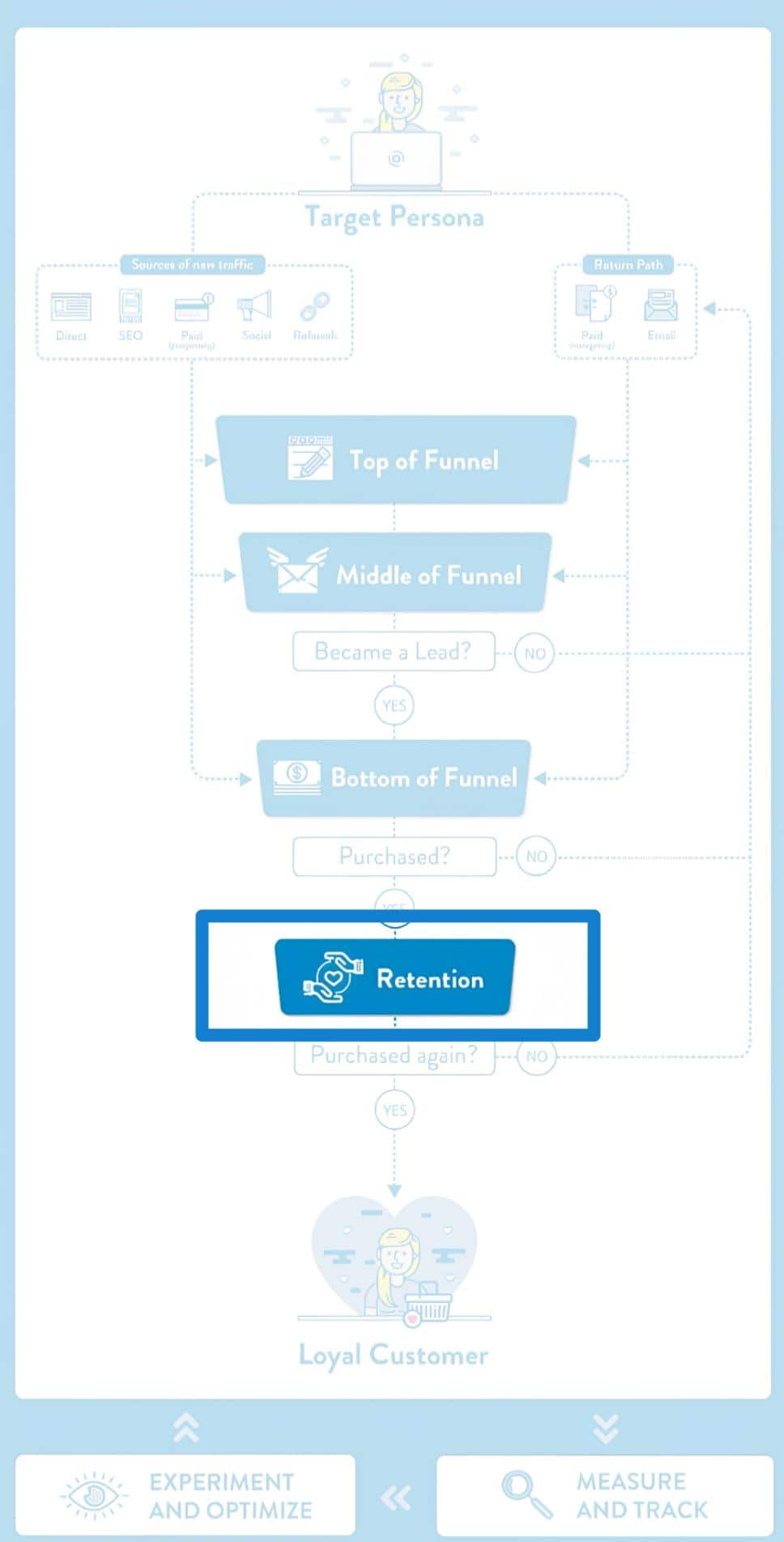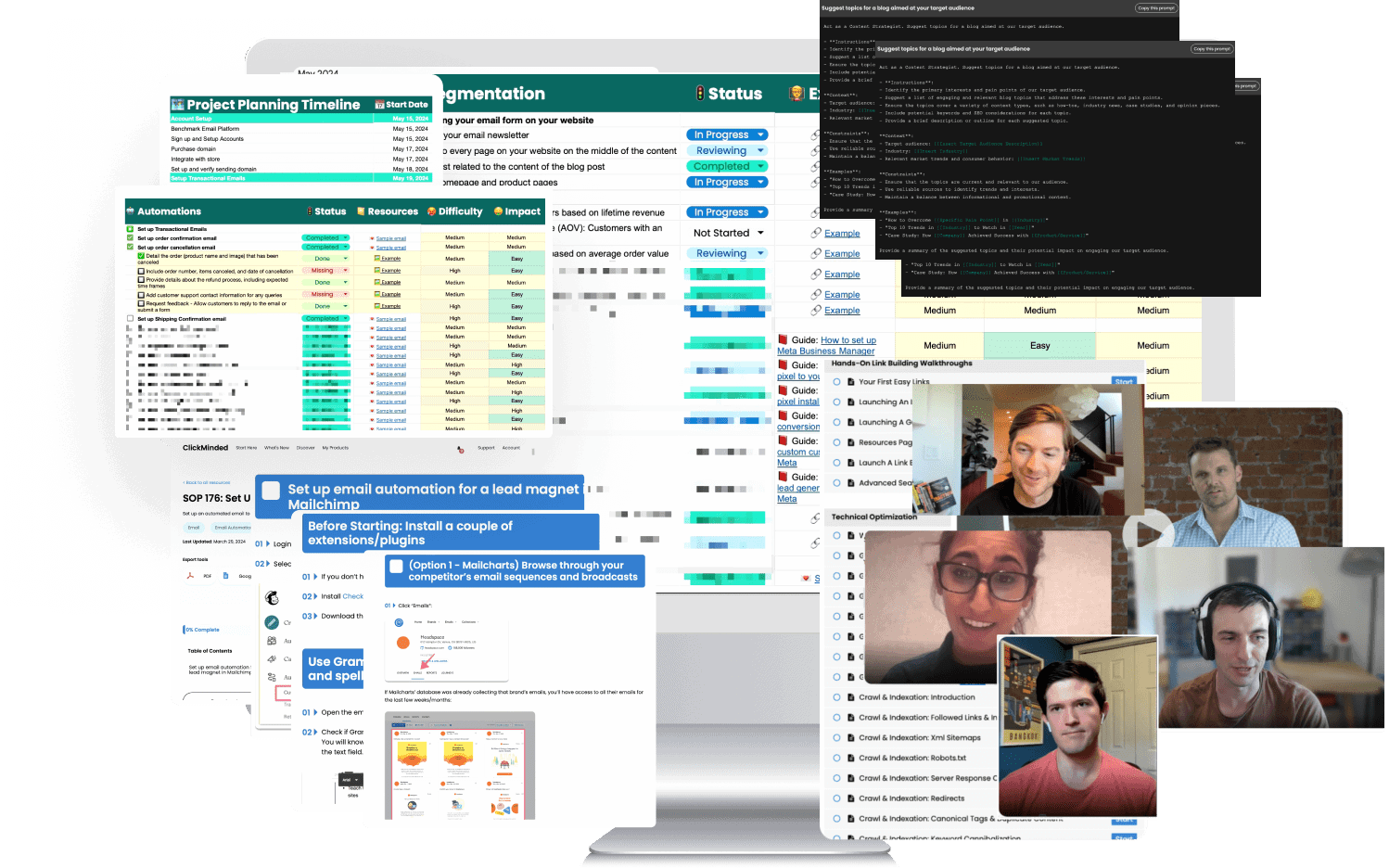📈
Your Goal at the Retention Stage: Increase Lifetime Value
In the retention stage, your marketing persona is already a customer of your product. Your objective is to increase the value you can extract from them directly by generating repeat purchases, upsells, or reducing churn; or indirectly by improving brand image or promoting referrals.
📝
Content Marketing
The objective of the content you'll create at the retention stage is to keep your existing customers happy by providing ongoing value (even after purchasing.)
Content ideas:
Monthly wellness tips email series focusing on enhancing post-treatment routines for better results.
Client spotlight articles featuring success stories and transformations after treatments.
Video tutorial series on maintaining wellness at home between spa visits.
Seasonal promotions highlighting limited-time package deals for loyal customers.
Survey emails soliciting feedback to improve services and foster a sense of community.
What to measure:
Engagement rates on success stories
🔎
SEO
At the bottom of the funnel, you'll want to make sure your marketing persona can find all the information she needs to get the most of your product (e.g. knowledge base articles), or to solve any problems that may arise (e.g. support/contact page.)
Keyword ideas:
ways to maintain wellness at home
post-spa treatment care tips
benefits of consistent spa visits for mental health
how to choose a wellness routine after spa treatments
client success stories from our spa
What to measure:
Organic traffic to retention-focused content
Search rankings for wellness maintenance keywords
Bounce rates on success story pages
🎯
Paid Advertising
At this stage of the funnel, you might choose to be run campaigns promoting of new features, upgrades, or promotions.
Target audience ideas:
[Remarketing] Facebook/Meta Ads: Previous clients who haven’t booked in over a month, promoting special return offers.
[Remarketing] Google Ads: Users who visited membership page but didn’t join, highlighting benefits and testimonials.
[Remarketing] YouTube Ads: Users who engaged with past client testimonials, inviting them back for special deals.
[Prospecting] Facebook/Meta Ads: Local community members interested in self-care without overwhelming commitments.
[Remarketing] Google Ads: Clients who participated in promotions or events previously, reminding them of exclusive offers.
What to measure:
Return on ad spend (ROAS)
Re-engagement rates from remarketing campaigns
Cost per retained customer
📱
Social Media
Retention campaigns on social media revolve around building a sense of community with your existing customers. You'll do a lot of monitoring of brand mentions on social media.
Social media campaign ideas:
Create a community hashtag for clients to share their spa experiences and transformations.
Post regular updates featuring client testimonials about the lasting effects of their treatments.
Engage with comments and messages to create a supportive environment around self-care.
Host monthly Q&A sessions on social media discussing wellness practices after treatments.
Monitor social channels for user-generated content and repost to celebrate client journeys.
What to measure:
Engagement on testimonial posts
New followers from community engagement
Reposts of user-generated content
📧
Email Marketing
Retention email campaigns will be a mix of educational emails (onboarding, activation, etc), transactional emails (reports, receipts, reminders, etc), and promotional emails (upgrades, upsells, etc.)
Email marketing campaign ideas:
Monthly performance report emails detailing their treatment progress and recommended treatments.
Personalized follow-up emails thanking clients for their visit and suggesting future appointments.
Invite clients to upcoming workshops focused on deeper wellness strategies.
Refer-a-friend email campaign offering discounts for successful referrals.
What to measure:
Response rates to personalized follow-ups
Referral program participation rates
🧪
Marketing Experiments
Your retention experiments will have the objective of maximizing lifetime value of existing customers.
Experiment ideas:
Test variations of loyalty program benefits to see which appeals most to returning customers.
Evaluate the timing of follow-up emails after visits to optimize for higher engagement.
A/B test different messaging strategies for re-engagement emails to find high-performing formats.
Conduct surveys on website experience post-treatment to identify potential friction points.
Analyze customer journey data to tailor future offers based on entry points and past behaviors.
What to measure:
Customer satisfaction scores
Re-engagement rates post-email campaigns
Conversion rates on loyalty program sign-ups


